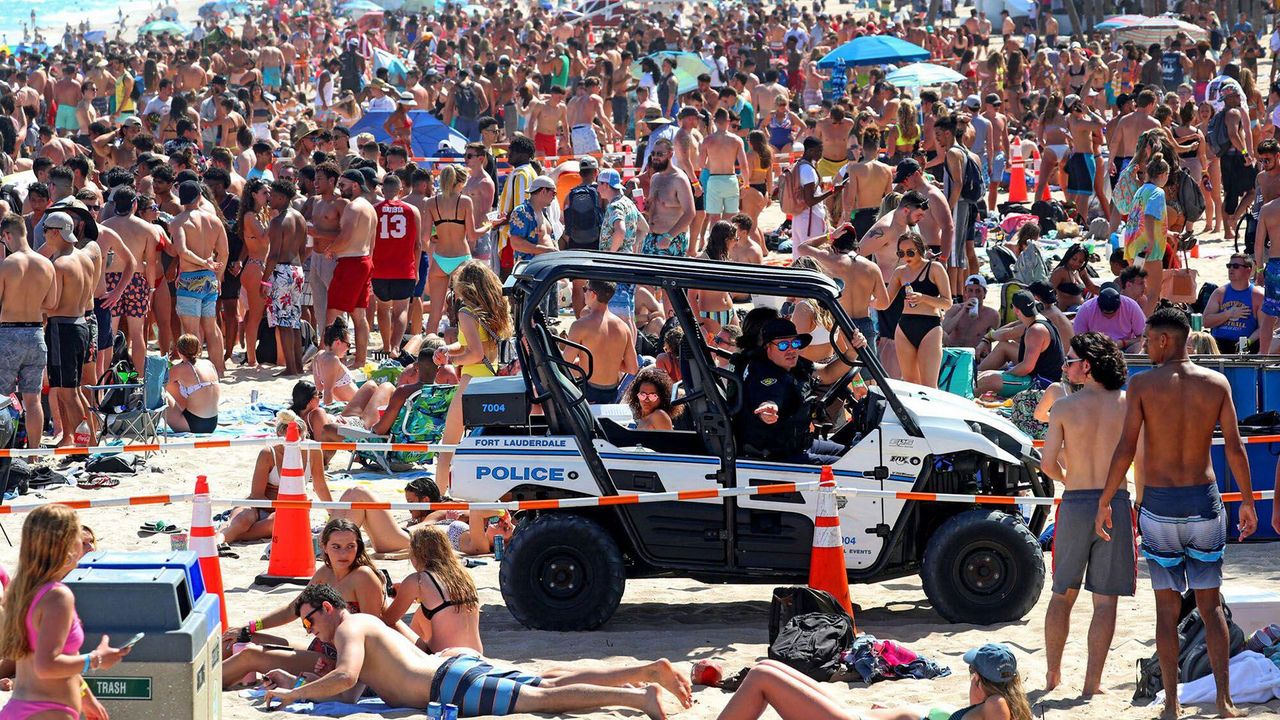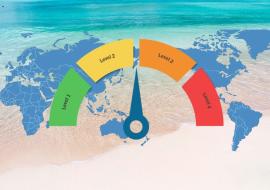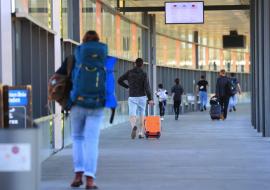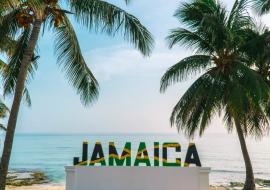Spring Break Gets Going under Miami Beach's Watch

It’s all hands on deck in Miami Beach for its first high impact weekend of Spring Break this year, with the increased security measures. Local, state and federal law enforcement have descended on Miami Beach to make sure things run smoothly this year.
On Saturday, Miami Beach Police said there’s been 100 arrests so far this Spring Break, which includes last weekend. A spokesman said the charges or motives were nothing out of the ordinary and that overall, everything is going well.
Every Thursday through Sunday in March, visitors and residents should expect curfews, security and DUI checkpoints, traffic, road closures and arrests.
Barricades are up on Ocean Drive to make sure people don't get hit by cars and there will be no sidewalk seating on Ocean Drive from March 8-10 and March 15-17.
A Little Bit of History
The history of spring break can be traced back to the early 20th century, and it has evolved into a widely popular tradition in many Western countries, particularly the United States. The concept of taking a break from academic activities during the spring season has roots in various cultural and historical factors.

-
Academic Calendar: The academic calendar has played a significant role in the development of spring break. Many schools and universities in the United States adopted a two-semester academic calendar, which created a natural break around the spring season. This break allowed students and faculty to recharge before the final push towards the end of the academic year.
-
Fort Lauderdale, Florida: The modern phenomenon of spring break gained prominence in the 1930s and 1940s. Fort Lauderdale, Florida, is often credited as one of the early spring break destinations. By the 1950s and 1960s, college students from colder northern states flocked to warmer locations for a respite from the winter blues.
-
Film and Media Influence: The popularity of spring break was further fueled by the media, including films and television shows that depicted students enjoying their break in sunny destinations. Movies like "Where the Boys Are" (1960) contributed to the perception of spring break as a time for fun, relaxation, and socializing.
-
Cultural Changes: The 1960s and 1970s witnessed social and cultural changes, with the youth culture becoming more prominent. The idea of taking a break from the routine gained momentum as a form of rebellion and self-expression.
-
Music and Festivals: The rise of music festivals during the 1980s and 1990s, such as MTV's Spring Break coverage and events like Daytona Beach's MTV Spring Break, helped solidify the association between spring break and partying.
-
International Destinations: Over time, the tradition of spring break has spread beyond the United States to other countries, with students from various parts of the world participating in the festivities.
Today, spring break is often associated with beach parties, music festivals, and travel to popular vacation spots. It remains a time for students to take a break from their studies, unwind, and create lasting memories with friends. However, it's worth noting that the nature of spring break has evolved over the years, and not all students choose to engage in the stereotypical party scenes associated with this tradition.














